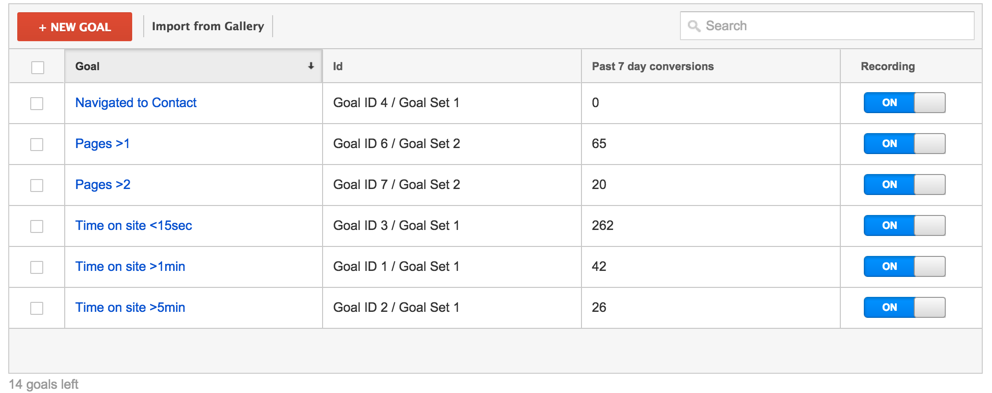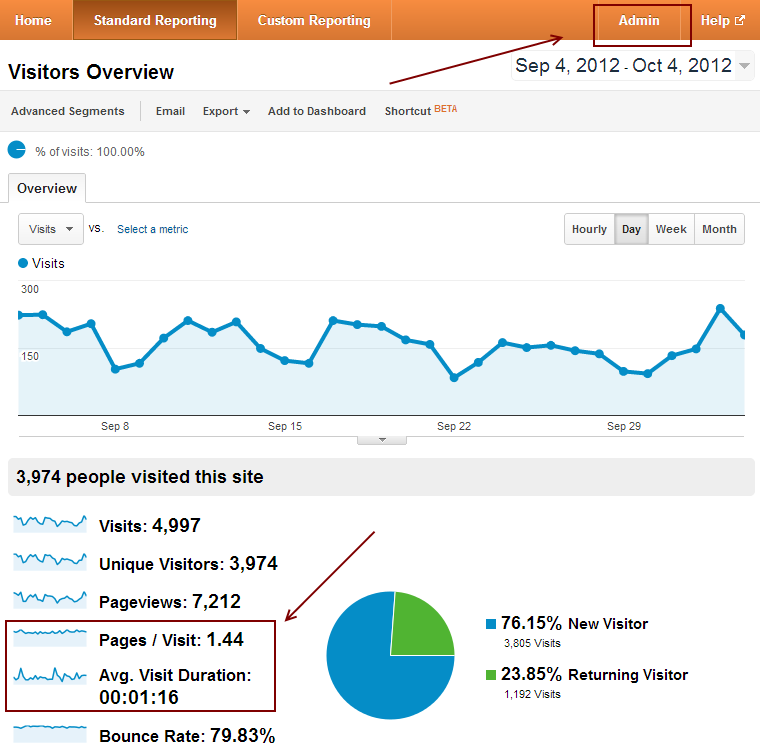Comprehensive Listing of What Data Is Google Analytics Goals Unable to Track
Comprehensive Listing of What Data Is Google Analytics Goals Unable to Track
Blog Article
Debunking Google Analytics Limitations: Reveal What Information Goals Can not Track
In the realm of electronic analytics, Google Analytics stands as a powerful device that provides valuable understandings into internet site efficiency and individual behavior. Amidst its capacities, there exist constraints that frequently go unnoticed. Recognizing what Google Analytics can not track is vital for a thorough understanding of data analysis and decision-making processes. From the intricacies of user communication with dynamic content to the intricacies of cross-device user journeys, these limitations clarified areas that might stay covered from traditional analytics point of views. By deciphering these restraints, a clearer image arises, permitting more enlightened strategies and fine-tuned understandings right into user engagement and conversions.

Customer Interaction With Dynamic Material
Customer communication with vibrant web content plays an important duty in understanding individual behavior on web sites and optimizing the general customer experience. Dynamic content describes elements on a website that can alter without the demand for a complete page reload. This consists of interactive components such as pop-ups, sliders, forms, and videos that reply to customer activities in real-time. By tracking customer communications with vibrant content, internet site owners can acquire useful understandings right into customer interaction, preferences, and habits.
Google Analytics supplies numerous tools to track user communications with vibrant web content, such as occasion tracking and online pageviews. Event tracking permits you to check specific customer activities, like clicking a button or watching a video clip, providing information on just how individuals interact with dynamic aspects. Virtual pageviews can be used to track communications that do not cause a new page tons, offering a detailed view of user interaction with dynamic content. By analyzing this data, website owners can make educated choices to boost individual experience and drive conversions.
Cross-Device Customer Journeys
How can modern analytics devices track the complex courses users take across several tools in their on-line journeys? Cross-device customer journeys provide a significant challenge for monitoring and examining individual behavior properly. As individuals communicate with internet sites or apps making use of various gadgets such as desktops, smartphones, and tablets, it ends up being essential to comprehend exactly how they relocate in between these systems to maximize user experience efficiently.
Google Analytics encounters limitations in tracking cross-device user trips as a result of personal privacy concerns and technical restrictions - what data is google analytics goals unable to track. While it can supply insights into individual tools' communications, tracking a smooth individual journey throughout multiple tools remains a challenge. This limitation can result in insufficient information and fragmented individual insights, making it difficult for companies to create a unified view of the customer journey
To resolve this problem, companies can make use of advanced analytics devices that use cross-device tracking capacities, permitting them to obtain an extra alternative understanding of individual behavior. By leveraging these devices, organizations can bridge the void in tracking cross-device individual journeys and enhance their digital methods for a seamless user experience.
Offline Conversions and Acknowledgment
As companies browse the difficulties of tracking cross-device customer trips, another essential facet to consider is the realm of offline conversions and attribution in the world of data analytics. While Google Analytics provides beneficial understandings into on the internet user actions, it fails when it pertains to tracking conversions that occur offline. This constraint poses a significant difficulty for services that have both online and offline sales channels.
Offline conversions, such as acquisitions made in physical stores or with telephone call centers, are necessary to understanding the total consumer journey. Without the capability to attribute these offline conversions to specific on the internet communications, companies might battle to properly measure the effect of their electronic marketing efforts.
To address this space, businesses can click for source explore alternate remedies such as incorporating CRM systems with online analytics devices or making use of unique promotion codes that can be mapped back to on-line campaigns. By connecting the void in between online and offline data, businesses can gain a more detailed understanding of their consumers' behavior and improve their overall advertising and marketing techniques.
Individual Individual Recognition
In the world of information analytics, the ability to precisely determine private users across different online touchpoints is a critical difficulty for services looking for to individualize and enhance their advertising and marketing approaches. While Google Analytics gives valuable understandings right into user habits and interactions, it falls short in enabling the identification of certain people as a result of personal privacy worries and technological constraints. Google Analytics uses distinct identifiers such as cookies to track user sessions and actions, but these do not browse around this site relate to determining private customers in an individual sense.

Information From Secure Pages
In spite of the increasing frequency of safe and secure web pages on sites, getting data from these encrypted sources offers a distinct obstacle for digital analytics platforms like Google Analytics. Protect pages, suggested by HTTPS in the URL, secure information exchanged between the individual's web browser and the website's web server to make sure privacy and safety. While this encryption is crucial for protecting delicate information, it additionally poses restrictions for tracking customer behavior and event analytics information.
Google Analytics faces challenges in accumulating comprehensive info from safe and secure pages due to the file encryption methods in place. Therefore, particular data points such as recommendation resources, keyword searches, and also some user interactions may not be completely caught when customers access a website Homepage with a safe connection. This restriction can influence the precision and efficiency of the information evaluation, leading to voids in comprehending individual habits and choices on safe pages.
To navigate this difficulty, electronic analysts may need to explore alternative tracking methods or leverage other devices specifically created to gather insights from protected pages. By adapting strategies to accommodate these restrictions, businesses can still derive valuable analytics regardless of the restraints offered by encrypted links.
Verdict
To conclude, Google Analytics has restrictions in tracking individual interaction with vibrant material, cross-device individual journeys, offline conversions, specific customer identification, and information from safe pages. These restrictions hinder a comprehensive understanding of customer actions and might cause spaces in data evaluation. In spite of its important insights, Google Analytics may not provide a full image of user involvement throughout numerous touchpoints. It is essential for services to be mindful of these limitations and take into consideration supplementary devices for a much more holistic sight of their data.
User communication with vibrant content plays a vital role in comprehending customer habits on internet sites and maximizing the general customer experience. By tracking user communications with vibrant content, internet site owners can get valuable insights right into customer engagement, preferences, and actions.
Google Analytics makes use of distinct identifiers such as cookies to track individual sessions and actions, yet these do not equate to determining specific customers in a personal sense.
As a result, particular data points such as recommendation resources, keyword searches, and also some customer interactions might not be totally captured when users access a web site via a safe and secure link.In final thought, Google Analytics has constraints in tracking customer communication with vibrant content, cross-device user journeys, offline conversions, individual user identification, and information from safe and secure web pages.
Report this page